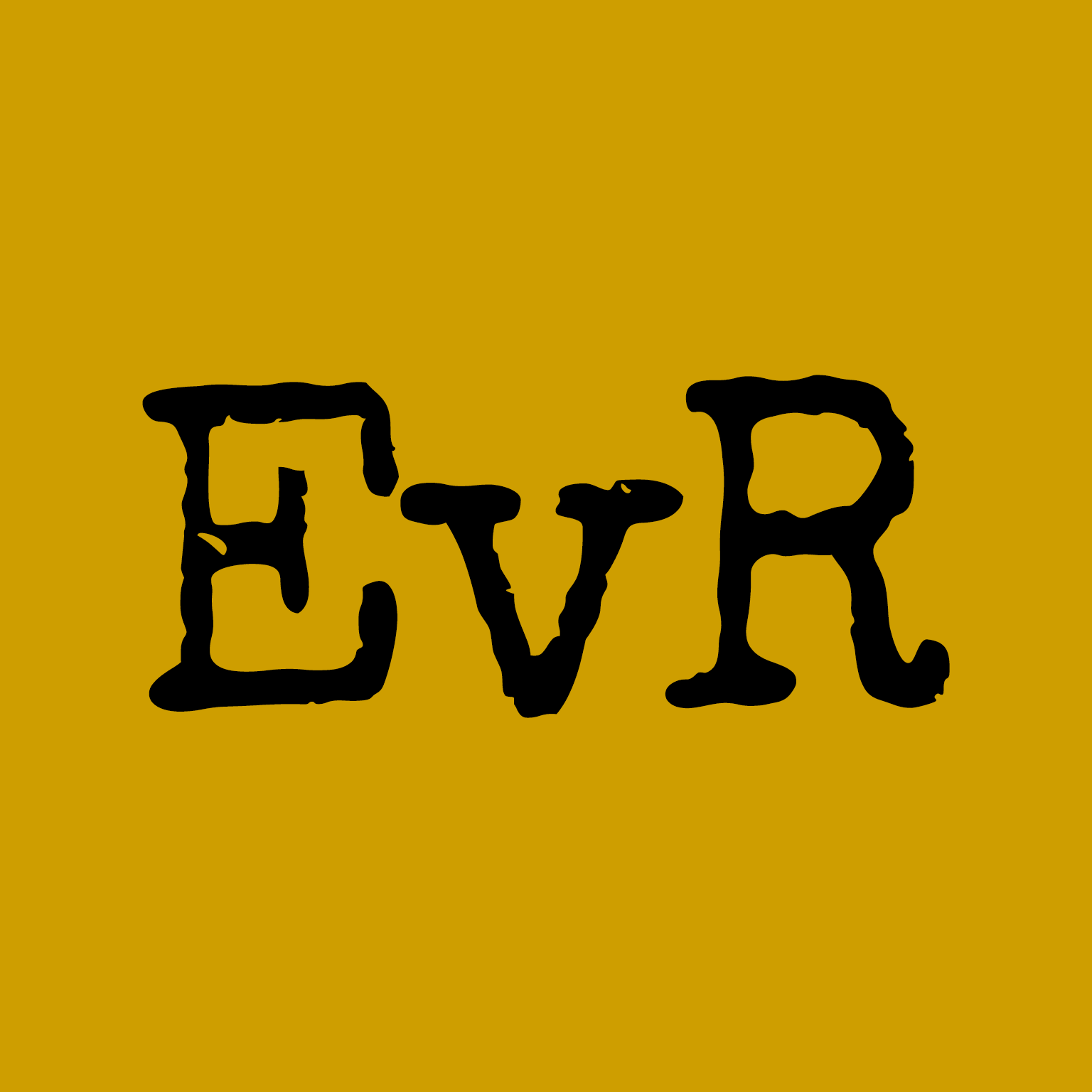What I Do
Romanian-born US writer Elie Wiesel once said, “There is a difference between a book of two hundred pages from the very beginning, and a book of two hundred pages which is the result of an original eight hundred pages. The six hundred are there. Only you don’t see them.”*
Editing
is that process of condensing the material into its most succinct form. Editors have been likened to threshing machines — separating the wheat from the chaff. We cut the fat and pare the prose
down to the essentials. We have also been compared to midwives, coaching the birth of a literary work. Alan D. Williams refers to this role as that of the “magic worker-meddler”:
However he or she is regarded, an editor is, or should be, doing something that almost no friend, relative, or even spouse is qualified or willing to do, namely to read every line with care, to comment in detail with absolute candor, and to suggest changes where they seem desirable or even essential. In doing this the editor is acting as the first truly disinterested reader, giving the author not only constructive help but also, one hopes, the first inkling of how reviewers, readers, and the marketplace...will react, so that the author can revise accordingly.**
A copyeditor takes it one step further. Once the manuscript is refined and condensed in terms of content, the copyeditor draws the manuscript into conformity with publishing style. This includes the obvious mechanics, such as spelling, grammar, capitalization, and punctuation, but it also involves fact-checking and the more obscure issues, such as which numbers get spelled out, where the hyphen goes in Chinese food lover, and whether a particular quotation is followed by three or four ellipsis points. It also includes the tedious details, such as whether verandah
was spelled with an h
way back in chapter 1 the way it is in chapter 6. A copious vocabulary is essential to catch the ubiquitous misused words and phrases. The effort is a collaborative one, with author and editor showing mutual respect for one another’s role in the publishing process.
The Chicago Manual of Style
— the bible of copyeditors — calls copyediting “the editor’s most important and most time-consuming task”:
It requires close attention to every detail in a manuscript, a thorough knowledge of what to look for and of the style to be followed, and the ability to make quick, logical, and defensible decisions.***
To pave the way for the many people involved in the conversion of a manuscript into typeset pages, the copyeditor also compiles and produces a style sheet, which summarizes the style rules that apply to the text. It outlines the treatment of numbers, abbreviations, and capitalization; stipulates any exceptions to the authoritative style book; and includes a list of hyphenated compounds, recurring names and places, and words with difficult or unconventional spellings. In addition to being an invaluable editorial memory aid, a comprehensive style sheet is the best defense against any cans of worms being opened at the proofreading stage.
My copyediting milieu ranges from trade paperbacks and poetry chapbooks to investment industry emails and conference guides; hospital newsletters and marketing materials; ad copy, websites, and digital campaigns; and college textbooks on television production and the history of jazz.
Although familiarity with the subject matter is certainly a plus, particularly when working with a careless author, it is not a prerequisite. More important is a solid grounding in the English language—in knowing cold its fundamental mechanics, in being sensitive to its nuances and evolution, and in understanding the process of bringing it to the page.
*Elie Wiesel (b. 1928), interview in Writers at Work, 8th series (George Plimpton, ed.) 1988.
**Alan D. Williams, “What Is an Editor?” in Editors on Editing, 3rd ed. (Gerald Gross, ed.) New York: Grove Press, 1993.
***The Chicago Manual of Style, 14th ed. Chicago: University of Chicago Press, 1993: 63–64.
